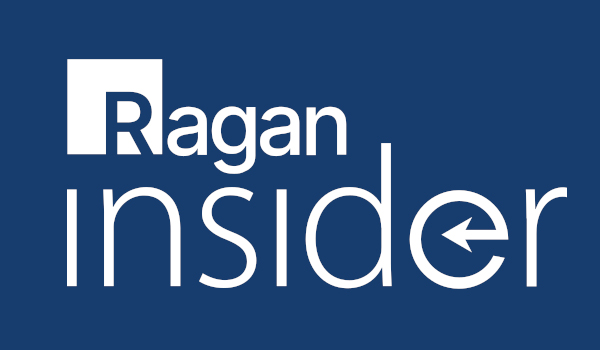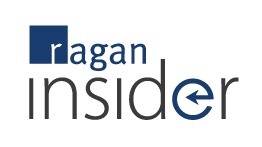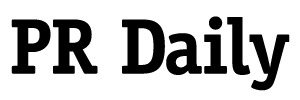Airlines cut jobs and flights, Starbucks moves to takeout mode, and Facebook offers resources for small businesses
Also: Buffer shares insights on working remotely, communicators’ concerns regarding COVID-19, crisis communications best practices, and more.

Good morning, PR pros:
As the COVID-19 pandemic continues to grow, many organizations have closed their offices and have directed employees to work from home. Social media tool Buffer is offering to help answer questions about working remotely:
Buffer has been fully remote for 9 years now and we have teammates in 19 different countries. If your company is suddenly working remotely and you have questions you'd like answered, feel free to drop them below and we'll do our best to help. ❤️
— Buffer (@buffer) March 16, 2020
It’s also published a Q&A with its engineering manager, Marcus Wermuth. In the article, Wermuth communications challenges with working remotely and ways to overcome isolation:
In this interview, @mwermuth who leads our mobile team at Buffer talks about working remotely, what that means for communication, and dealing with the different types of isolation that come with it. 🧑💻 https://t.co/dISfFvFelY
Become a Ragan Insider member to read this article and all other archived content.
Sign up today
Already a member? Log in here.
Learn more about Ragan Insider.



